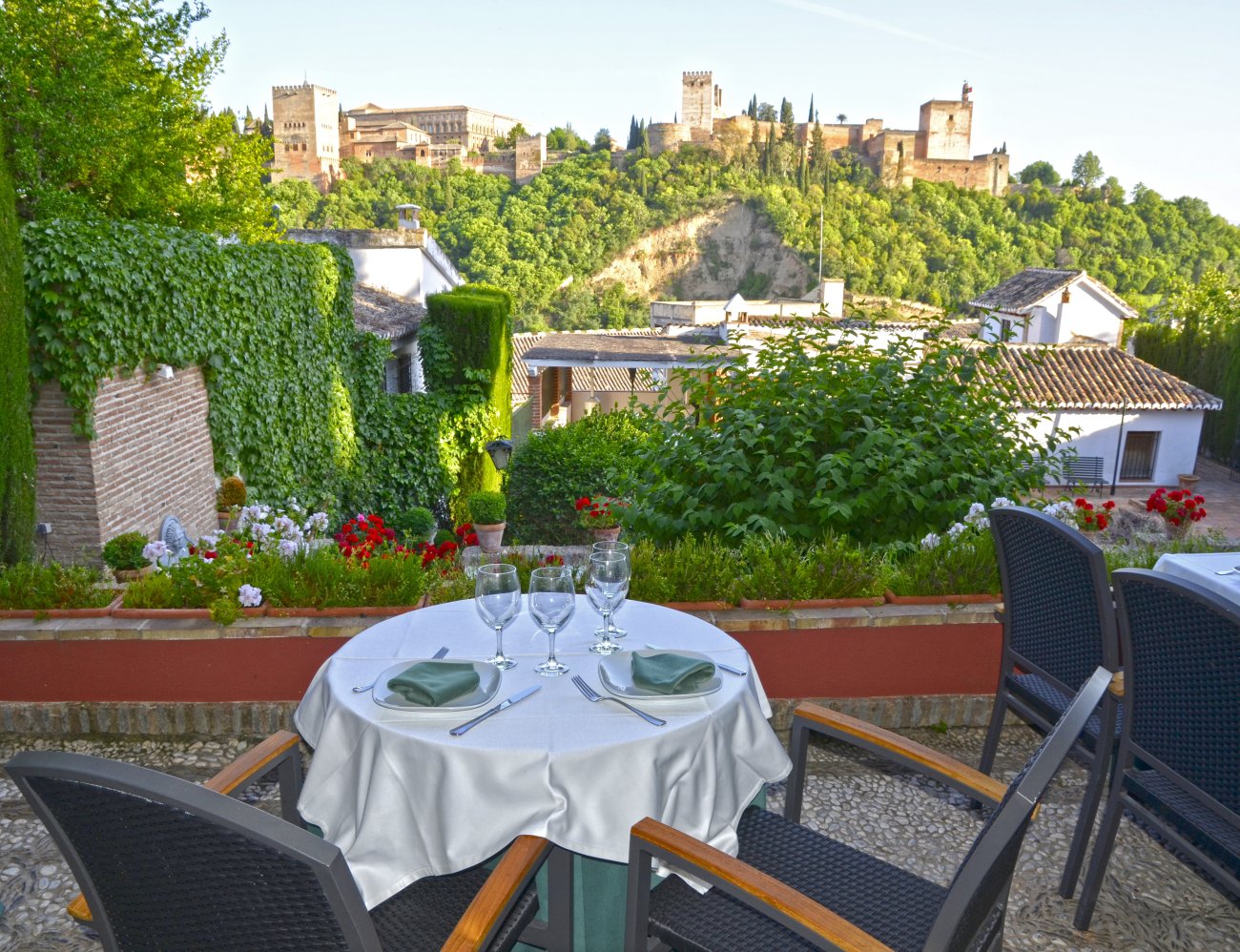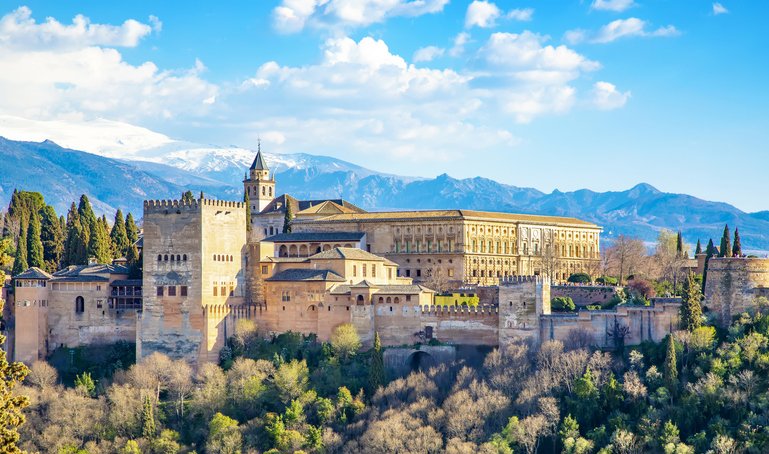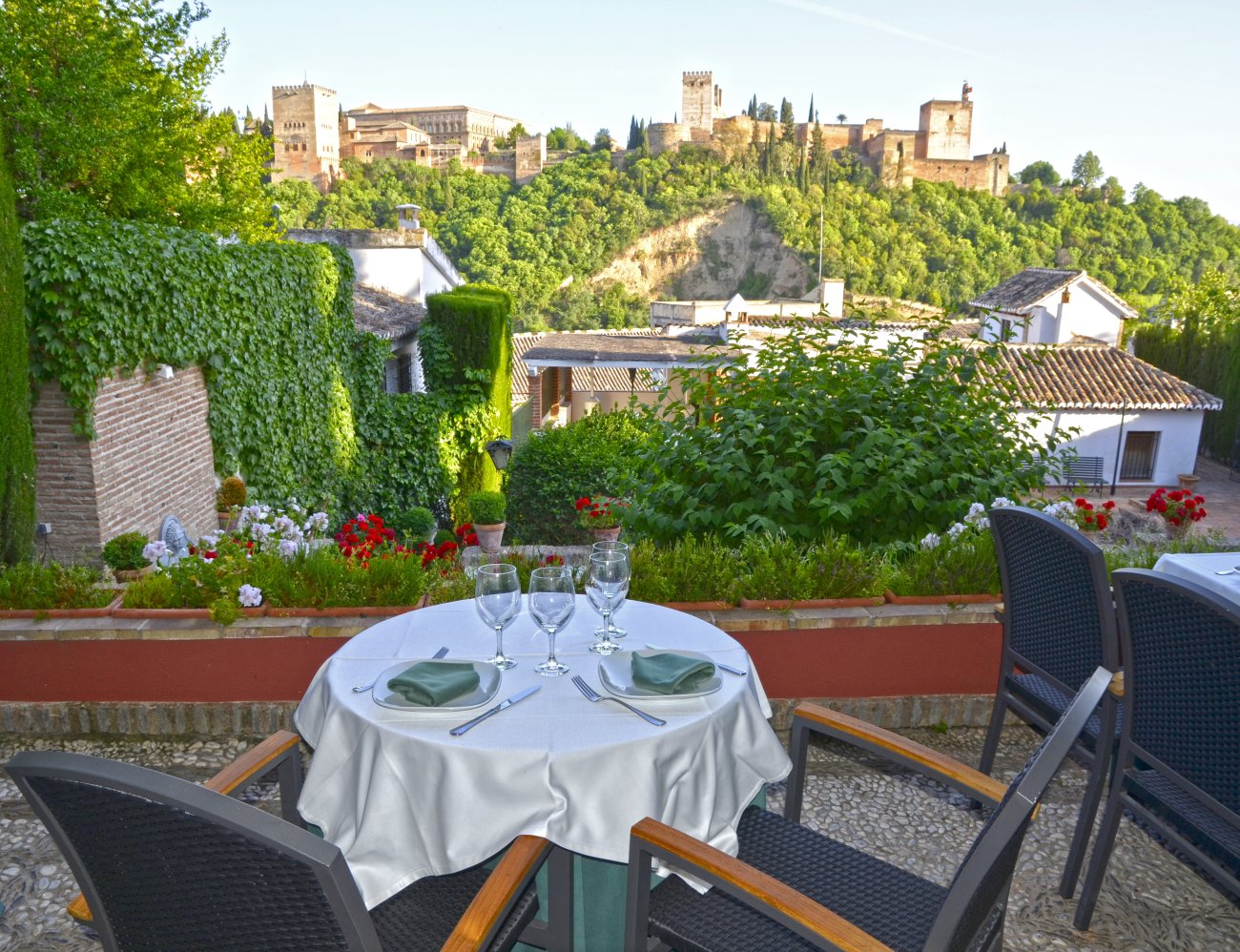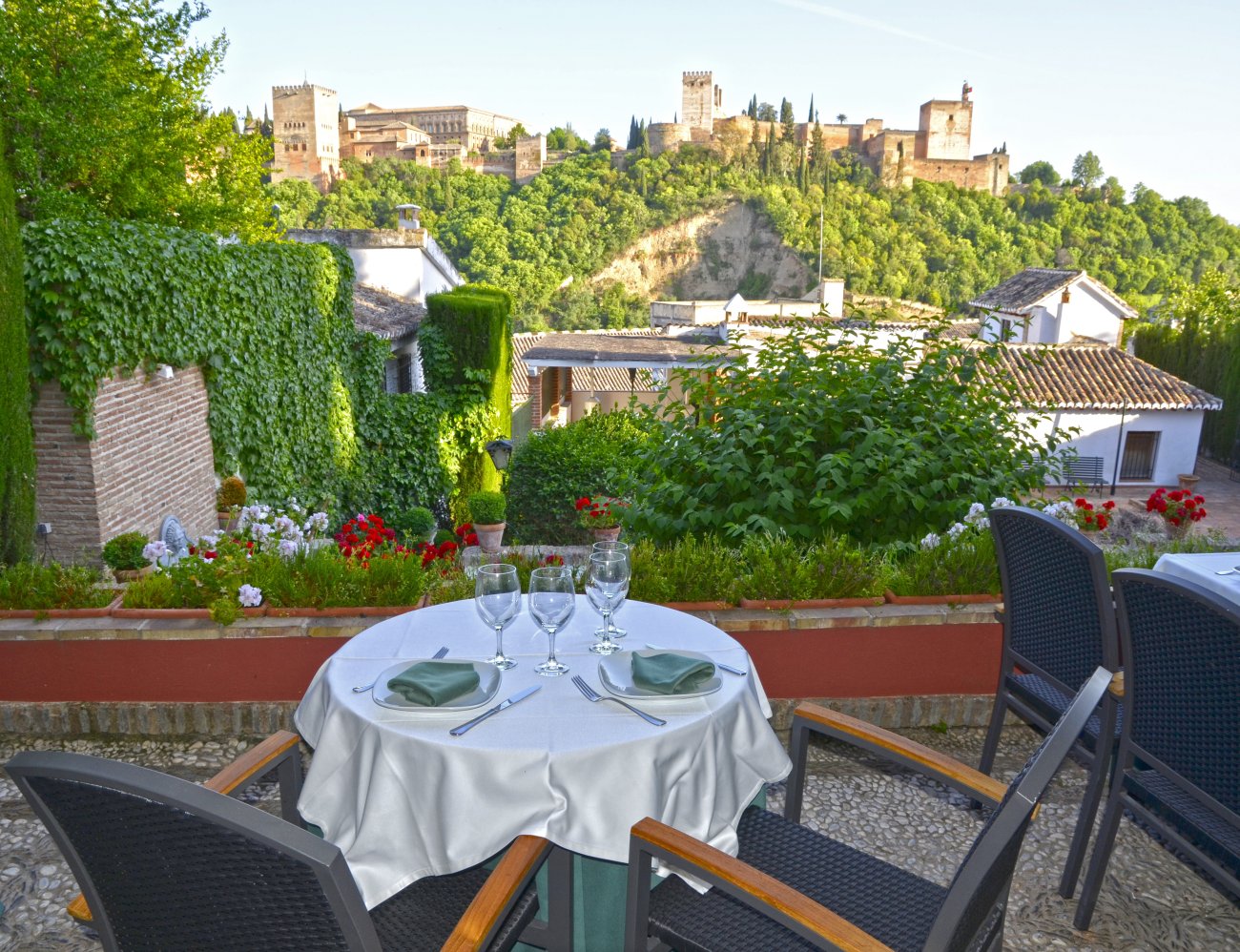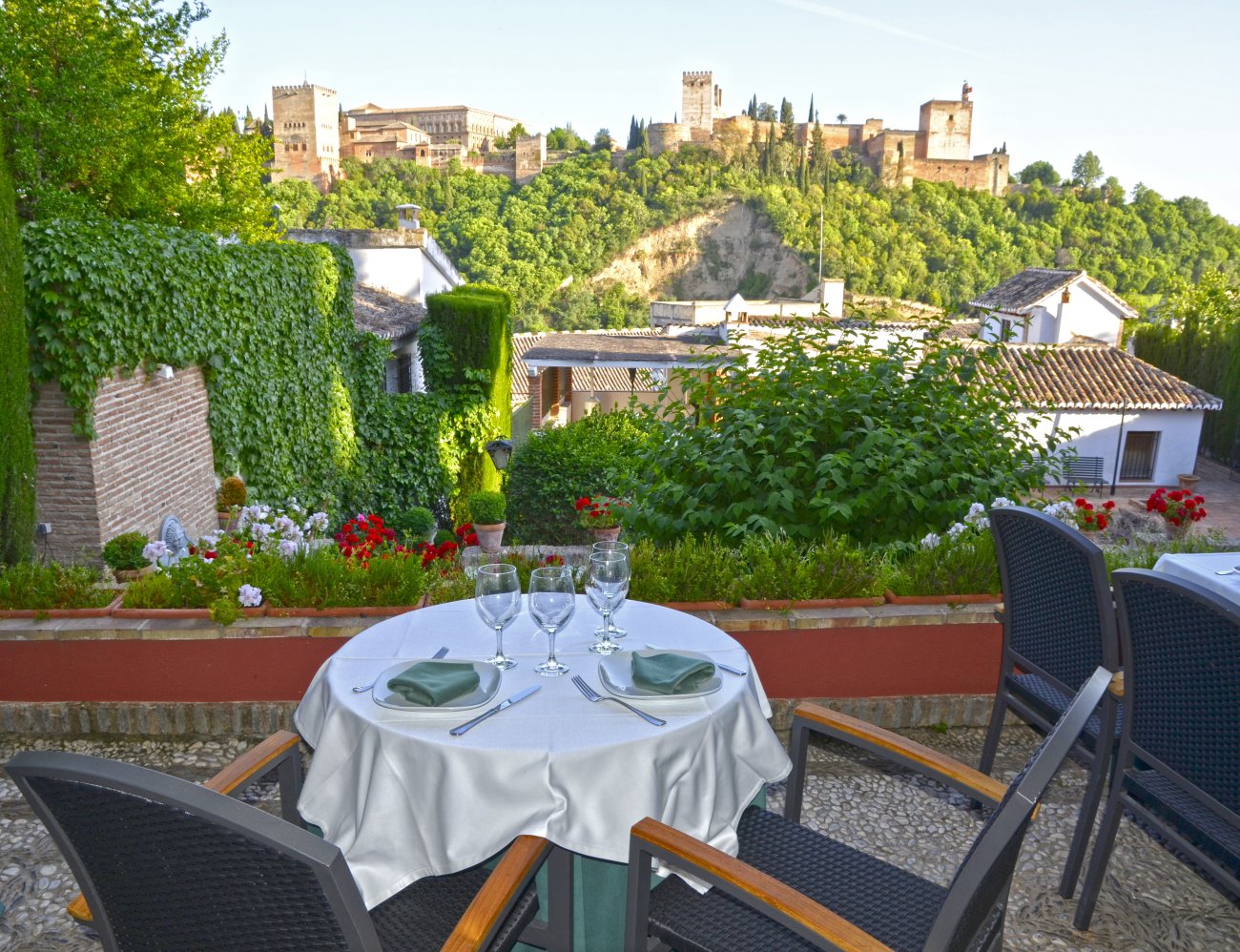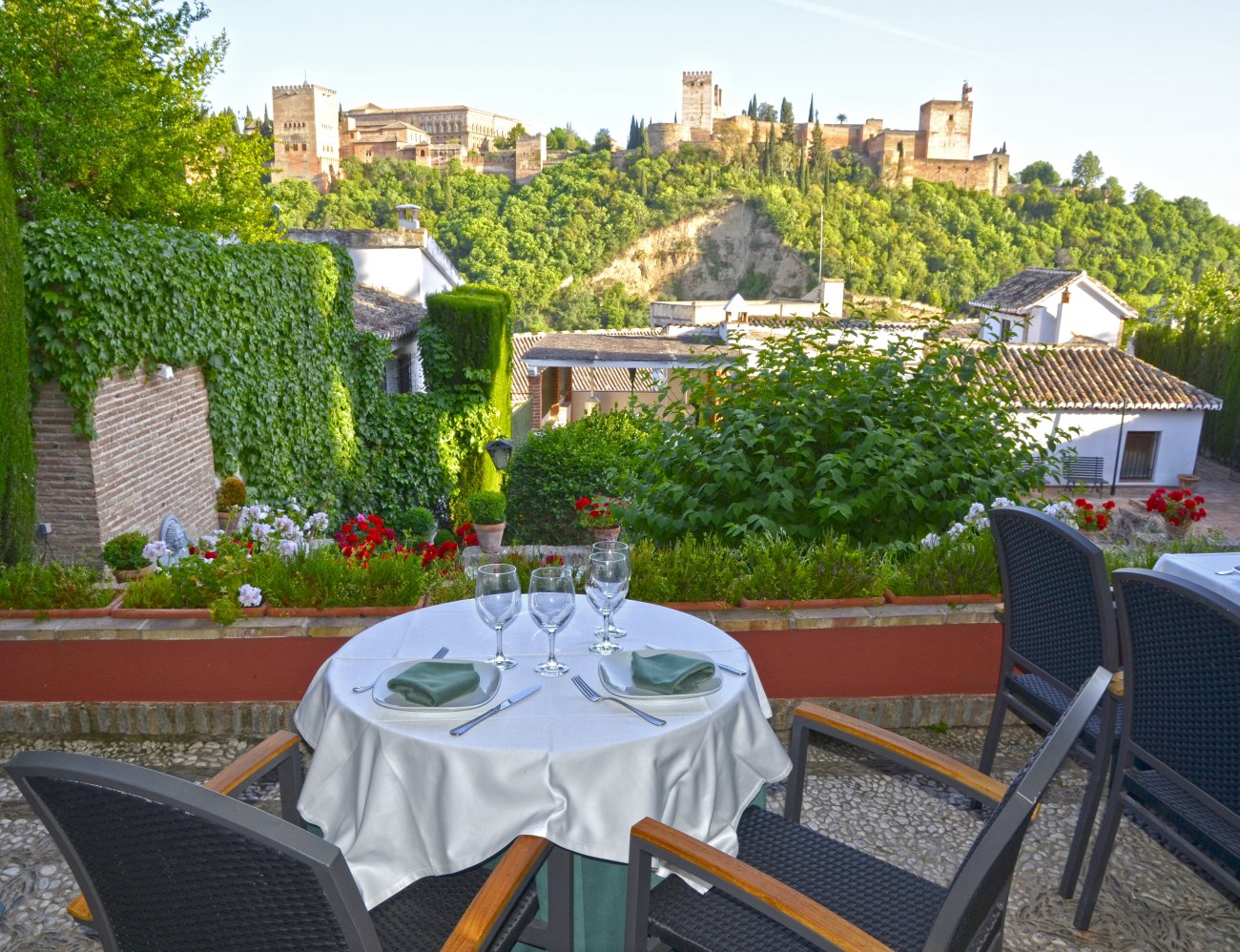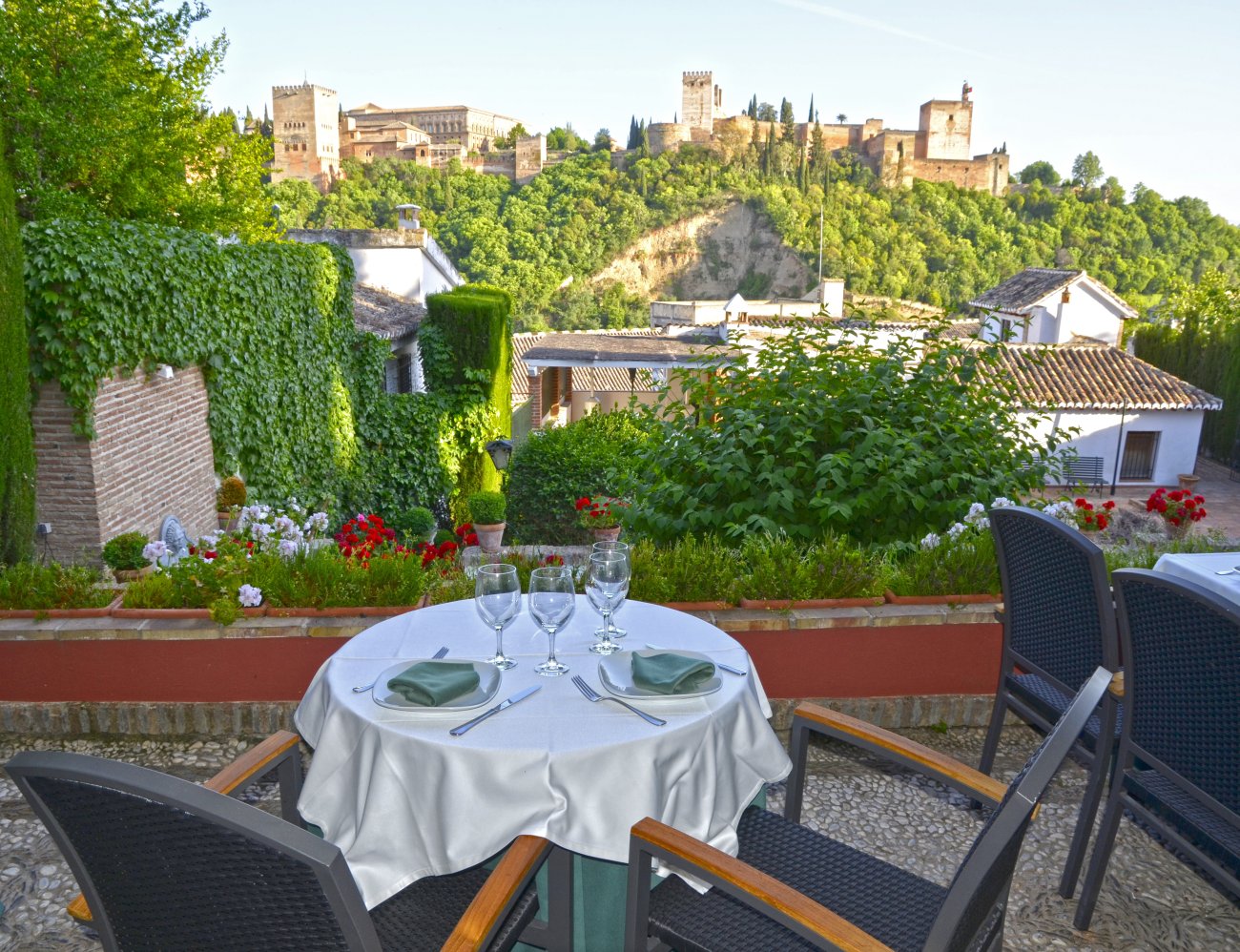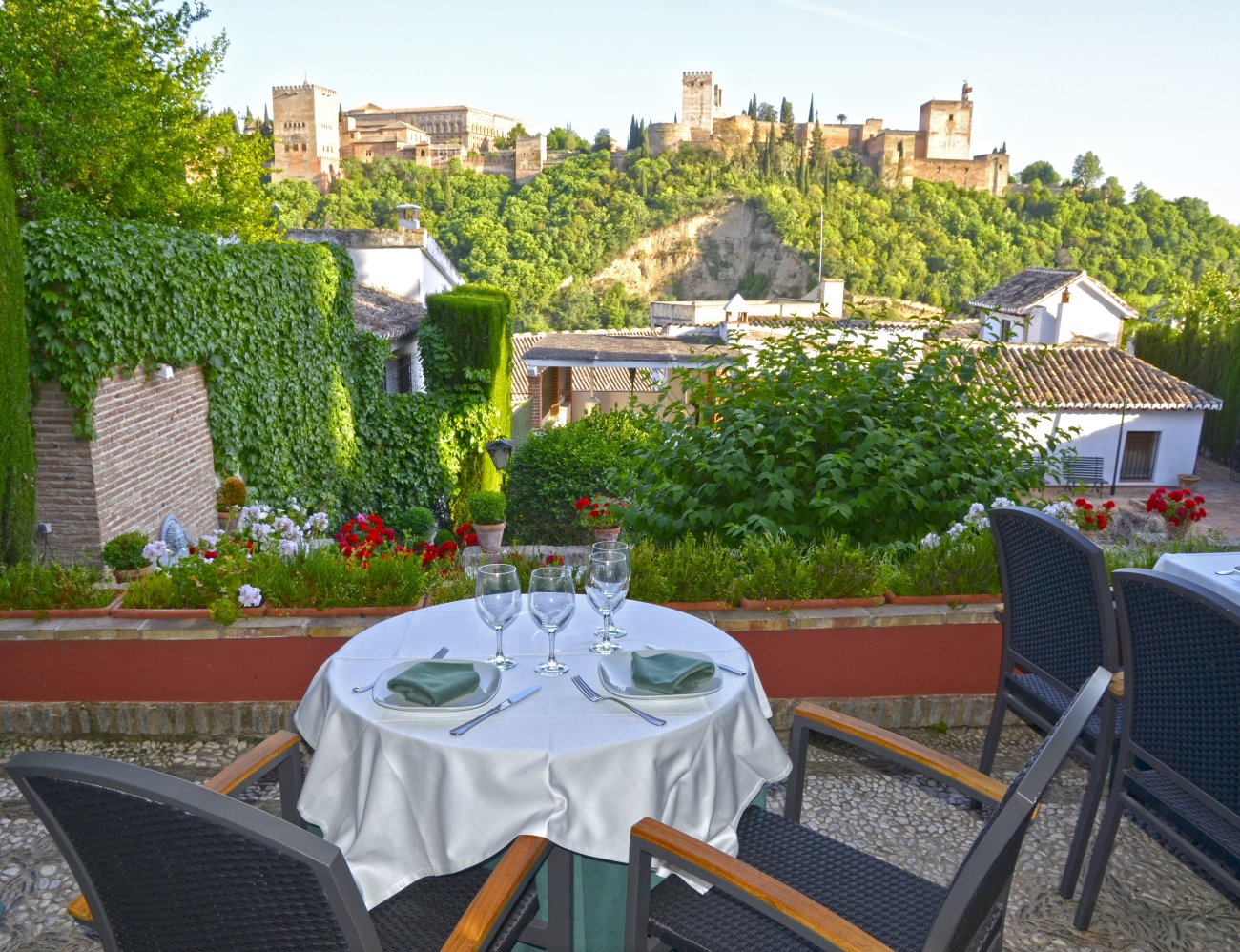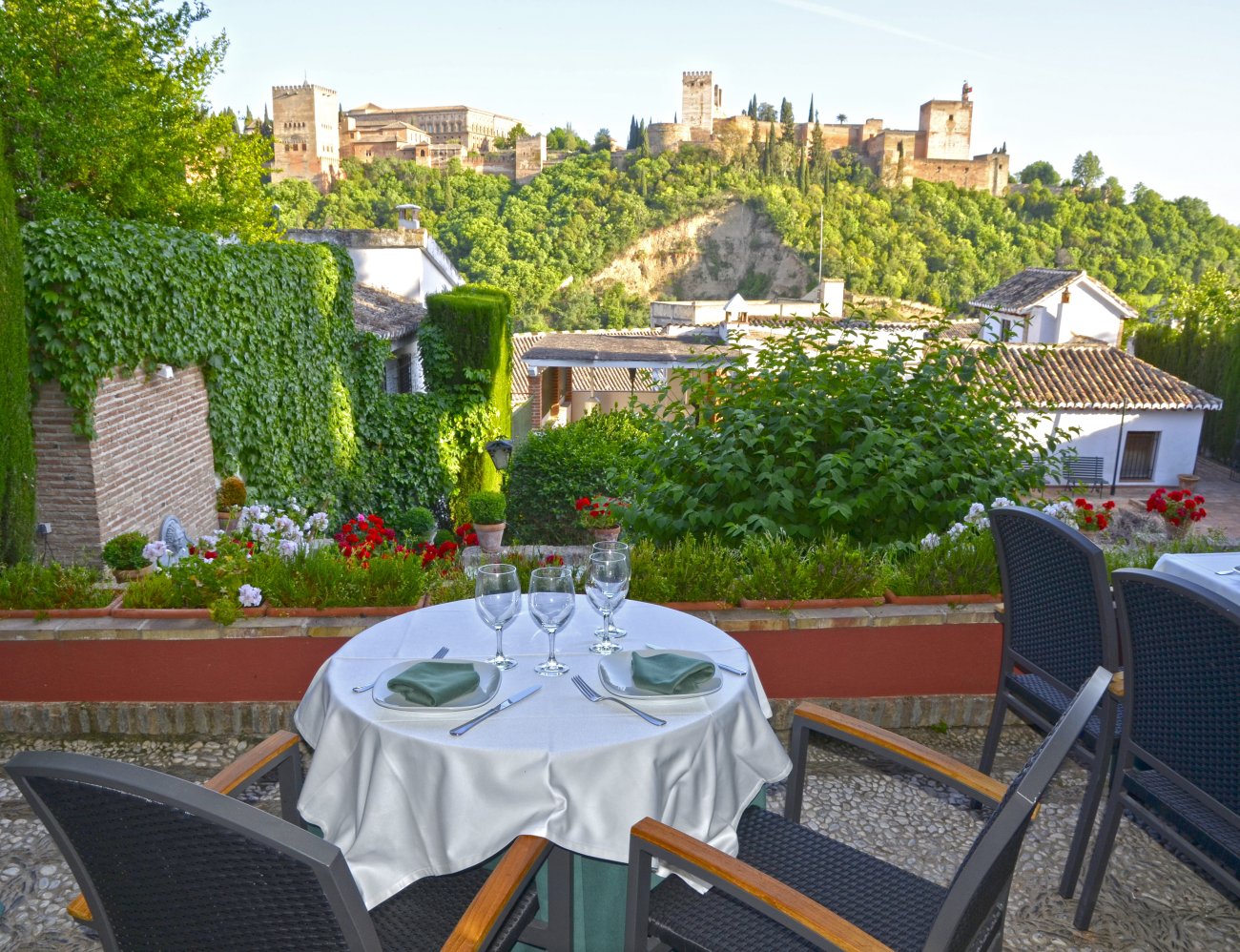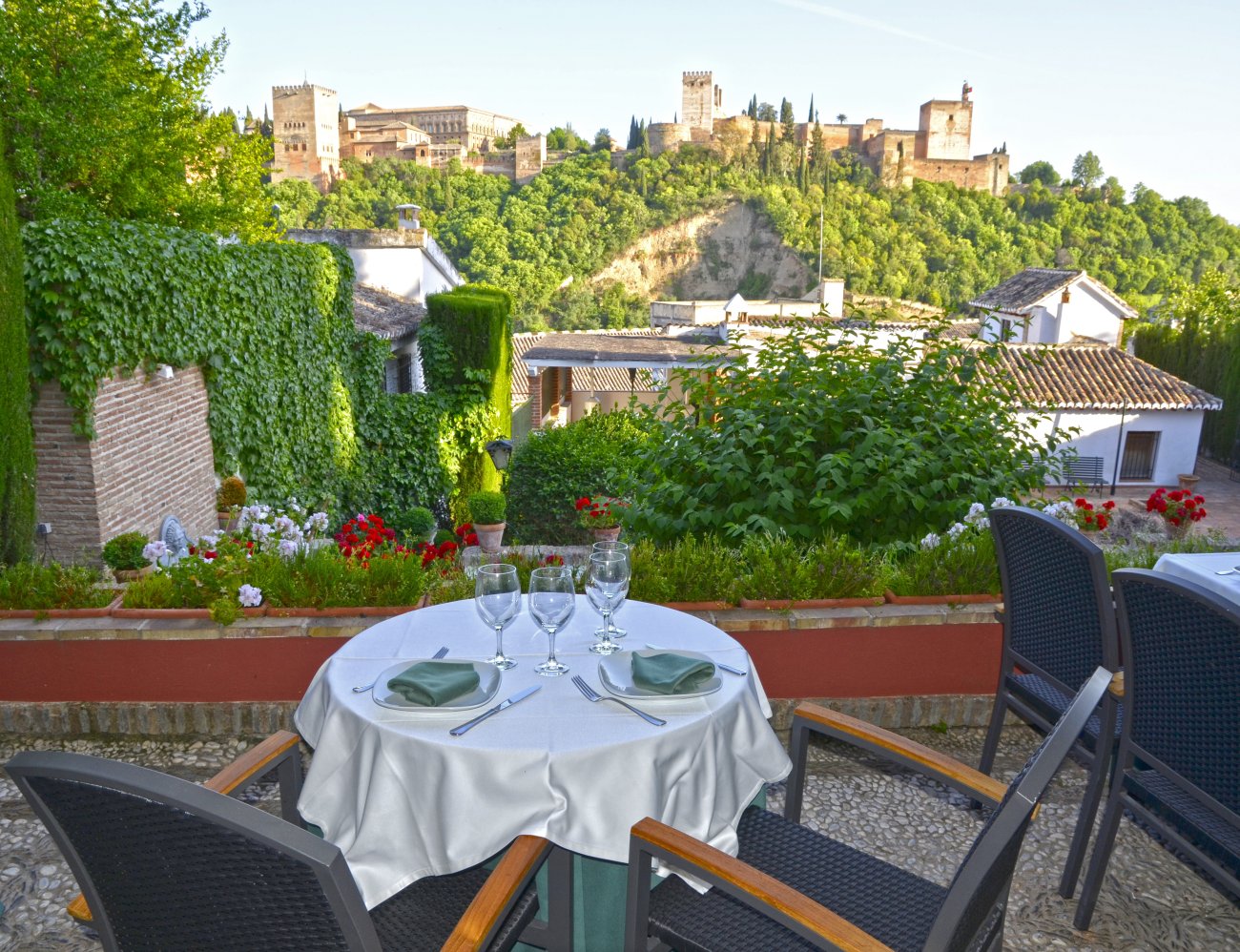It is one of the most iconic monuments in the country and a remarkable example of Islamic architecture and Andalusian art. Its name, Alhambra, comes from the Arabic "Al-Qalat al-Hamra," which means "Red Fortress," referring to the color of its walls.
History
The history of the Alhambra dates back to the 9th century when it was built as a small fortress by the Muslim rulers of the region of al-Andalus. However, it was during the 13th century, under the reign of Sultan Muhammad I of Granada, that the construction of the palaces and gardens began, shaping the Alhambra into its most recognizable form today.
Over the following centuries, the Alhambra underwent periods of expansion and renovation under various Muslim rulers. However, with the conquest of Granada by the Catholic Monarchs, Isabel I of Castile and Ferdinand II of Aragon, in 1492, the Alhambra became part of the Kingdom of Spain and was transformed into the residence of the Christian monarchs.
Architecture
The Alhambra is an outstanding example of Islamic architecture, characterized by its intricate decorative details, horseshoe arches, inner courtyards, and exquisite gardens. The palaces of the Alhambra, such as the Palace of the Lions and the Comares Palace, feature an impressive blend of Islamic, Christian, and Renaissance architectural and decorative elements.
One of the most remarkable aspects of the Alhambra is its decoration, which includes elaborate plaster friezes, ceramic tiles, mosaics, wooden latticework, and ornamental fountains. The interiors of the palaces are adorned with calligraphic inscriptions that reference poetry, philosophy, and religion.
Gardens
The Alhambra is also renowned for its beautiful gardens, which combine elements of Islamic gardening, such as courtyards with fountains and ponds, with Renaissance and Baroque influences. Among the most notable gardens are the Generalife, with its stepped terraces and panoramic views of the city, and the Patio de la Acequia, with its water channels and lush vegetation.
Cultural Significance
The Alhambra is a cultural treasure and a symbol of the history and identity of Granada and Spain as a whole. Its impressive architecture, exquisite decoration, and beautiful gardens make it one of the most popular tourist destinations in the country and a place of great value for understanding the history and culture of al-Andalus.
Visits and Tourism
The Alhambra receives millions of visitors each year who come to admire its beauty and immerse themselves in its fascinating history. It is advisable to book tickets in advance, as the number of daily visitors is limited to preserve the experience and the monument
